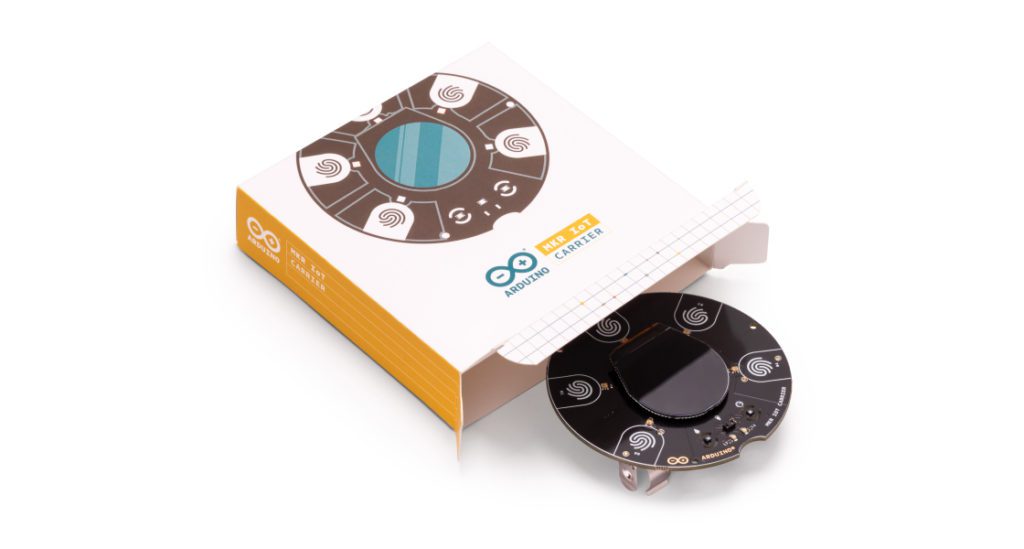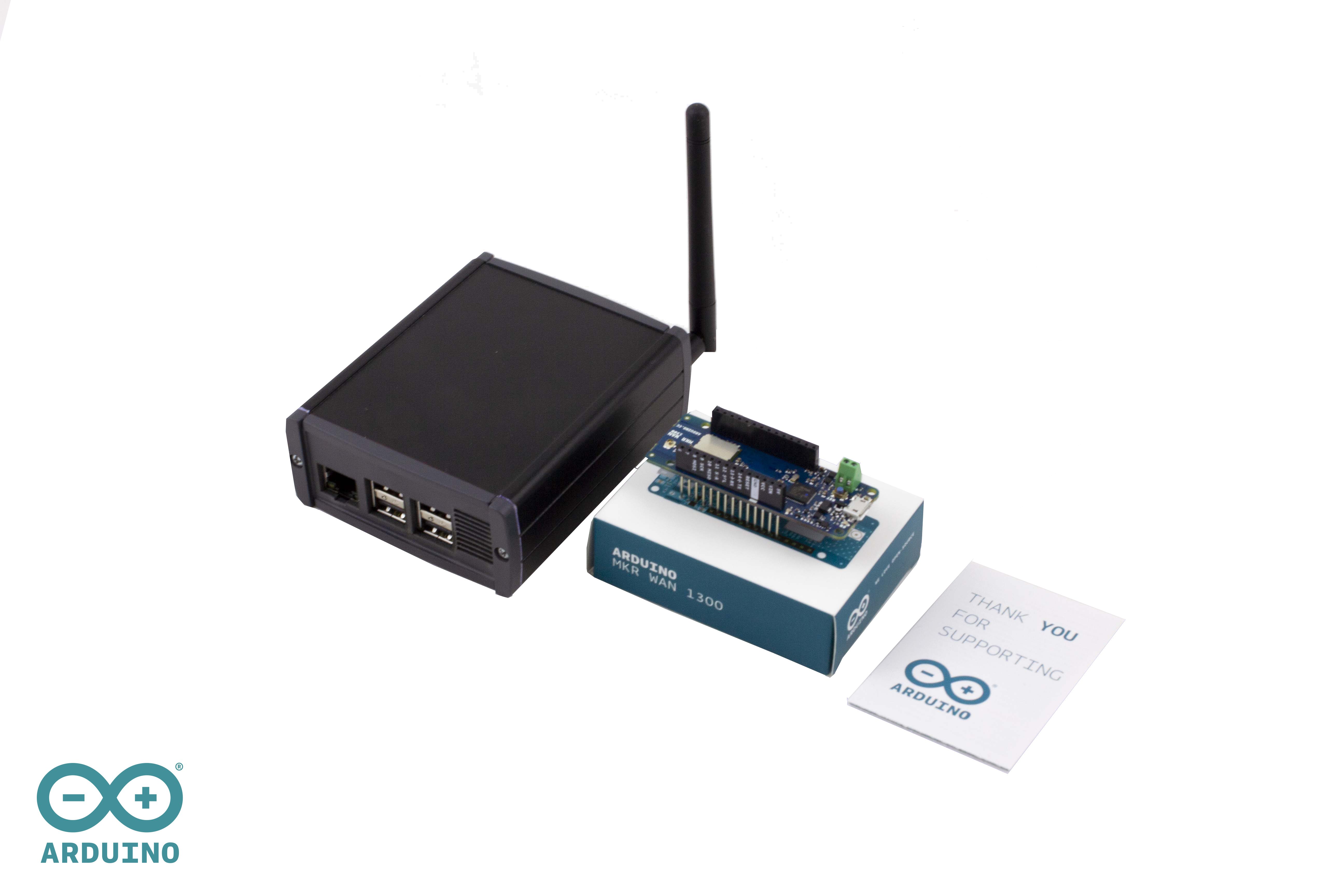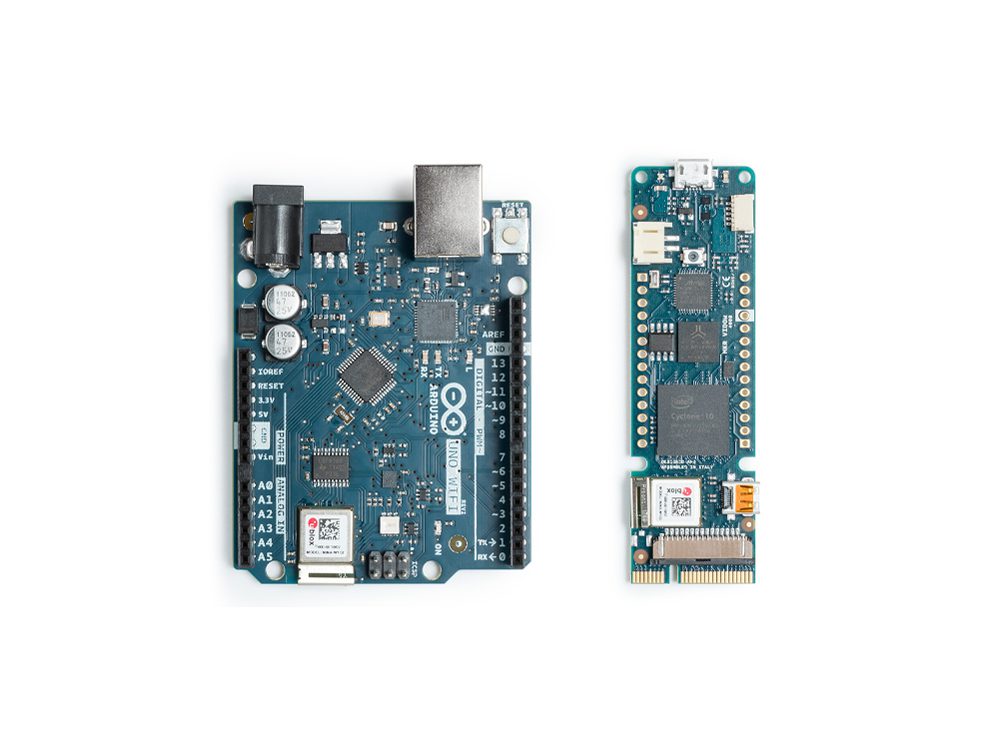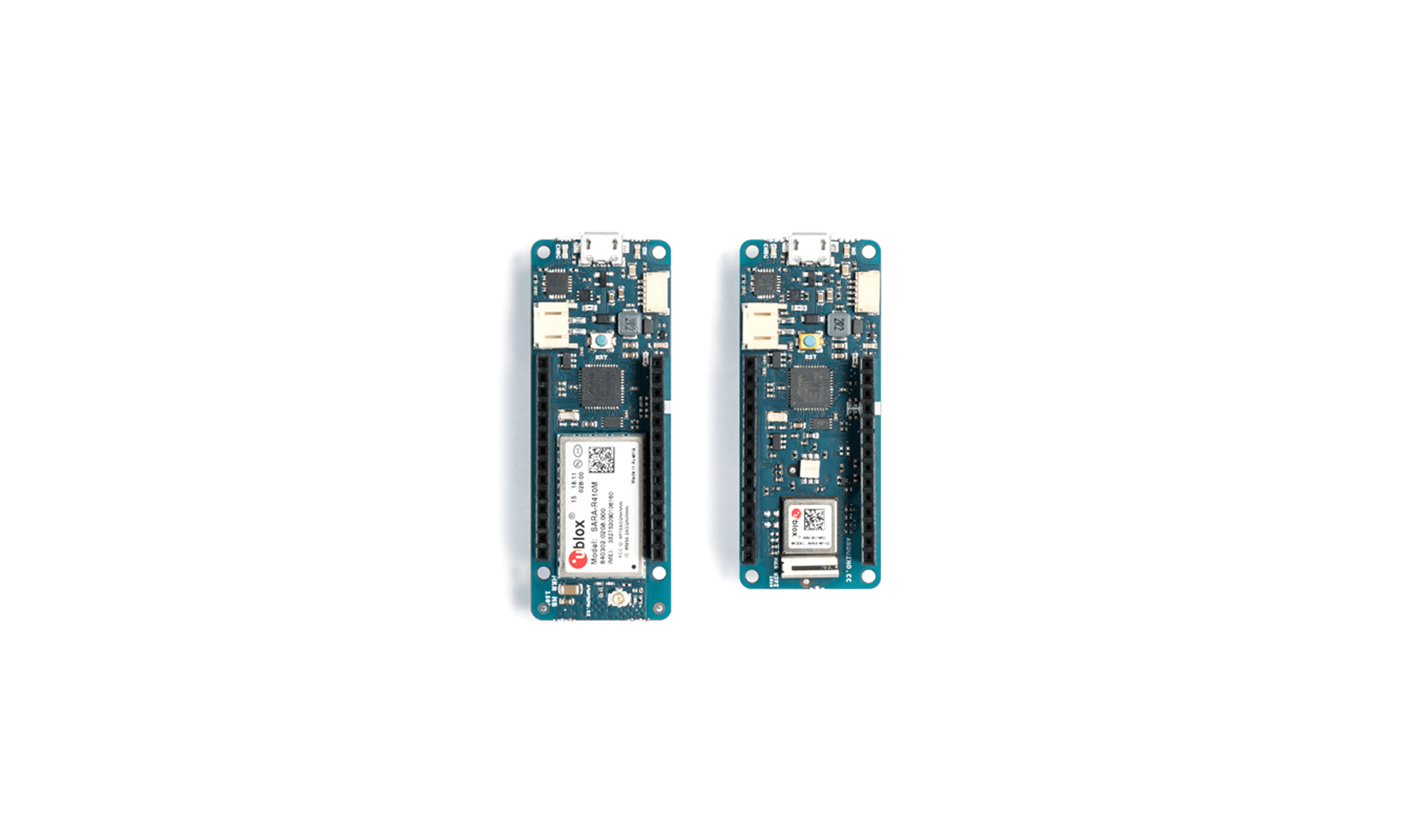Schlagwort: Arduino MKR
-

Arduino MKR IoT Carrier: Control what you want, how you want to!
Reading Time: 3 minutesArduino MKR IoT Carrier: Control what you want, how you want to! Arduino Team — February 24th, 2021 By popular demand, we are pleased to announce that it’s now possible to buy the Arduino MKR IoT Carrier. Originally forming a key part of the Arduino Oplá IoT Kit, we’ve responded to our…
-

Arduino PRO Gateway for LoRa now available for pre-order
Reading Time: 2 minutesArduino PRO Gateway for LoRa now available for pre-order Arduino Team — November 14th, 2018 We are very happy to announce the Arduino PRO Gateway for LoRa! Combined with Arduino MKR WAN 1300 IoT nodes, it makes an ideal solution for a wide range of applications, like smart agriculture, smart cities and building…
-

Say hello to the next generation of Arduino boards!
Reading Time: 3 minutesWe’re excited to kick off Maker Faire Bay Area by expanding our IoT lineup with two new boards: the MKR Vidor 4000 and the Uno WiFi Rev 2. The MKR Vidor 4000 is the first-ever Arduino based on an FPGA chip, equipped with a SAM D21 microcontroller, a u-blox Nina W102 WiFi…
-

The MKR family gets bigger with two new IoT boards!
Reading Time: 4 minutesWe’re excited to announce two new wireless connectivity boards to help streamline Internet of Things development, the MKR WiFi 1010 and MKR NB 1500. The first of the boards is the MKR WiFi 1010, which offers low power consumption and has been designed not only to speed up and simplify the prototyping of WiFi-based…



